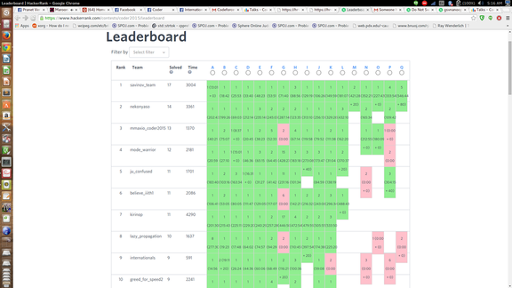Hi,
Can people who quickly solved todays Codeforces Round 468 (Div. 1, based on Technocup 2018 Final Round) please share their thought process? It would be great to know how you reduced those problems to standard stuff so quickly. (Particularly for Div-1 B and Div-1 C, but other questions are welcome too).
Thanks











